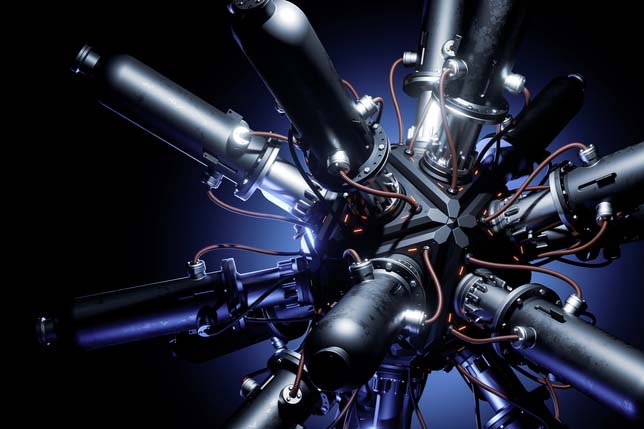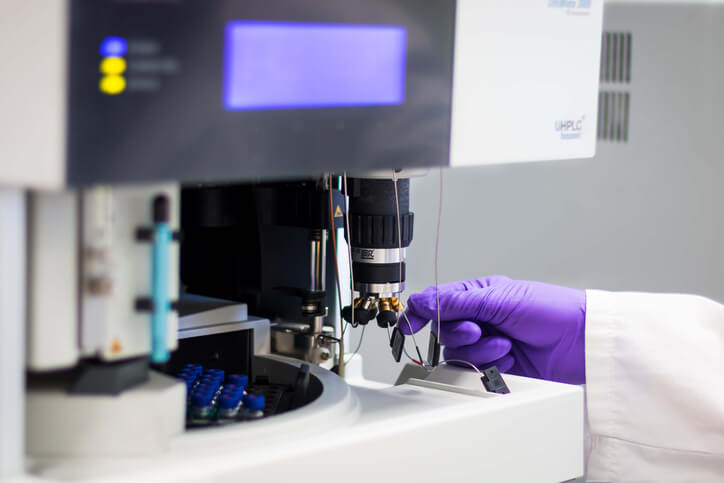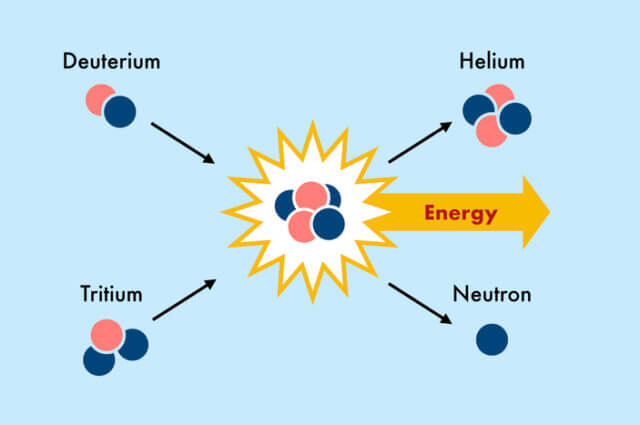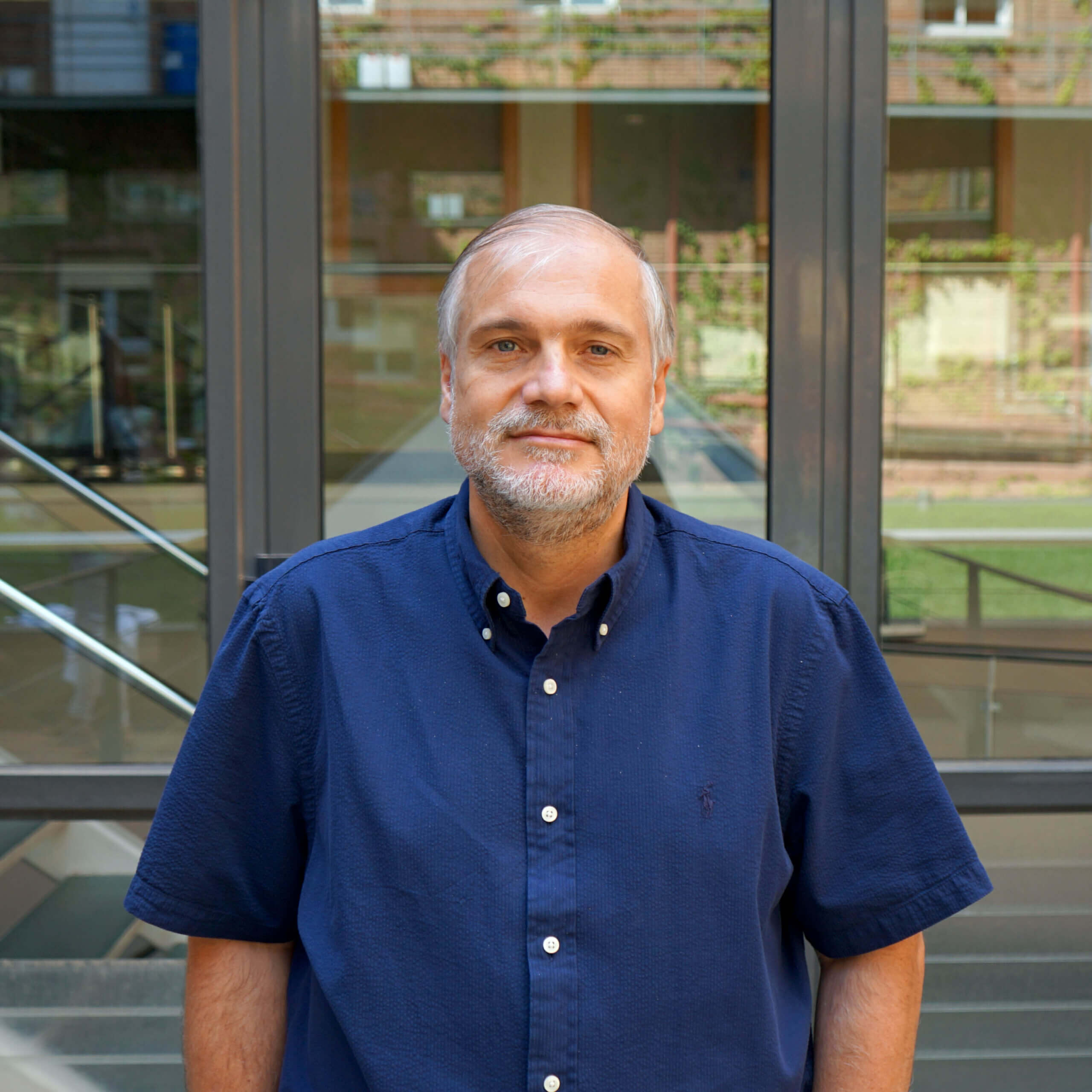Due to the increase in global energy demand in recent years, and the forecast that it will continue to grow in the future, there have been multiple avenues of research focused on improving and increasing energy generation for years. Fusion energy is poised to play an important role in the energy landscape of the future, with various projects aimed at developing this technology, such as the International Thermonuclear Experimental Reactor (ITER) project, an extraordinarily ambitious international project. The two hydrogen isotopes to be used as fuel are deuterium and tritium: while deuterium can be obtained from seawater, the global inventory of tritium is limited. Therefore, one of the necessary characteristics of fusion reactors is for them to be self-sufficient in tritium.
One of the ways to obtain tritium is from 6Li dissolved in molten lead Lithium Lead Eutectic (LLE), which will be the production system in Tritium Breeding Blankets (TBM), one of the fundamental elements of fusion reactors. The monitoring of lithium is essential for this production as it is consumed in the eutectic alloy, and controlling it is essential. For this reason, fast and reliable sensors are required, both for the management of tritium in the fuel cycle and in its processing systems, as well as online measurement tools to determine the concentration of lithium in the LLE thus facilitating its re-dosing during operation.
Researchers from the Electrochemistry laboratory of the Electrochemistry and Bioanalysis (EQBA) group at the IQS School of Engineering have been working since 2009 on researching electrochemical sensors to be used within the context of fusion energy. Now, within the framework of the ECSENFUS project, the EQBA group is working on the development of lithium and tritium electrochemical sensors to be applied in molten lithium based on the use of solid ionic conductive lithium-ion and proton electrolytes, respectively. Led by Dr Jordi Abellà Iglesias and Dr Sergi Colominas Fuster, this group of researchers already boasts extensive experience in developing these types of sensors, with prior results indicating that they are sensors that have an adequate sensitivity and speed of response to the necessary requirements (doctoral theses by Dr Eduard Juhera and Dr Marc Nel·lo).
The ECSENFUS project falls under Thematic Priority 5 – Climate, Energy, and Mobility – within the State Plan for Scientific Research and Innovation (PEICTI) 2021-2023, in the strategic line of Climate Change and Decarbonization.
The main objectives of the project entail developing the technologies necessary for fusion energy, in particular tools to measure tritium in the Breeding Blankets, tools to determine and measure the LLE concentration in the liquid regenerator online and thus facilitate the re-dosing of lithium during operation, and tools for the determination of impurities in molten lithium.
These main objectives will unfold within the following specific objectives:
- Application of hydrogen isotope discrimination systems in ceramic electrolytes.
- Evaluation of the isotopic influence on the response of proton ionic conductors.
- Development of manufacturing systems for ceramic elements for sensors.
- Development of hydrogen sensor prototypes for experimental circuits.
- Development of lithium sensor prototypes for experimental circuits.
- Determination of impurities in lithium, hydrogen, and oxygen.
This project has received funding from the State Research Agency – Ministry of Science, Innovation, and Universities (PID2022-140347OB-I00).















